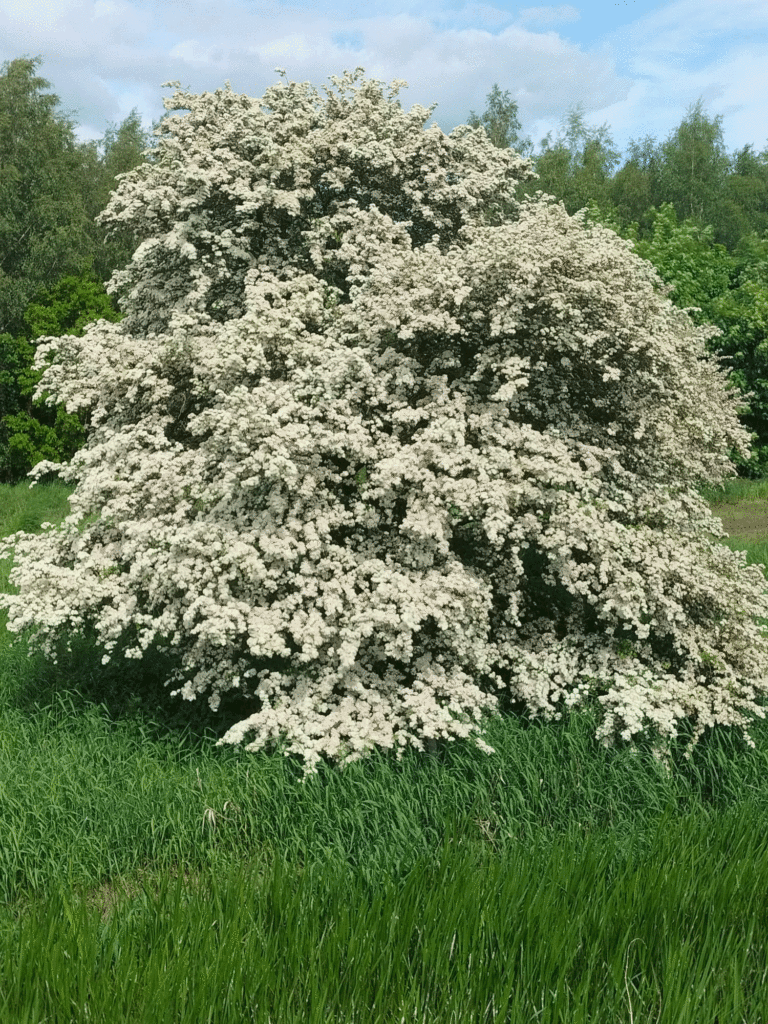P. Pilgrim
Each nation has its own trees that are native or indigenous to them. Ones that for thousands of years have grown in that area. According to the United States Department of Agriculture Natural Resources Conservation Service, there are 950 tree species in 81 plant families that are native to North America. America is such a vast country, with many variations of climate this means, it has a wide range of trees. The main five native American tree species are American Basswood, American Elm, Sugar Maple, Eastern Redbud, and Common Hackberry. These can still be found growing and thriving today, across the country. Canada is a beautiful and blessed country with trees still covering at least 40% of its land. There are thick forests and woods across Canada with tall trees that offer shade and refuge to many animals. One of the most common native trees in Canada is the Douglas fir also called Oregon pine. This tree species is native to parts of Mexico, the United States as well as Canada. It is a beautiful and extremely large tree, sometimes reaching impressive heights of over 330 feet. Many Douglas-fir trees live over 500 years old, while some reach 1,300 years. The oldest Douglas-fir tree in Canada is well over 1000 years old. The largest Douglas-fir in the world by volume is also found in Canada; it sits less than a mile from the San Juan River of Vancouver Island and has an impressive diameter of 14 feet. This tree stands at 242 feet tall, with a circumference of 32 feet. Europe also has a wide range of native trees Sweet Chestnut, the three main conifers are Scots Pine, Yew and Juniper, along with the Hawthorn group sometimes known as the whitethorn and the May tree, are some of the most common native trees, which are also steeped in legend and folklore. The Whitethorn grows quickly for the first fifteen years or so of its life, and its thorny, gnarled branches make an ideal barrier to livestock, a characteristic that has led to its widespread use as a hedging plant for centuries. Larger specimens can often be seen standing proud in the center of hedgerows all over the British and Irish countryside. Many specimens are cut back as part of the ongoing maintenance of hedgerows, although when left to its own devices the Whitethorn will grow into a strong tree with a relatively stocky trunk and a large, densely leaved crown reaching an overall height of some 10-18 meters (33-59 foot). It is a deciduous tree, its leaves appearing in March and April and falling again around November. Copious quantities of small white flowers with a sickly-sweet scent appear on the tree from early May and endure into June. In folklore the flowering of the Whitethorn was thought to herald the onset of summer, its blossoms are also at the heart of May-day traditions and the tree was used to make and decorate the original maypoles. All these trees are important and seen as principal trees to the ecosystem of their country.
However, the Bible states another tree as the pre-eminent tree, the apple tree. The apple tree is preferred among all the trees even though it is not the tallest nor the widest. Yet it is useful and serviceable to humans, yielding pleasant and profitable fruit, year after year. Many other trees only find their use when they are cut down and then turned into something useful. The Lord Jesus Christ in the book of the Song of Solomon is likened unto an apple tree. He is seen as the pre-eminent among men, the principle among creation. In Hebrews 1:2,4 it is recorded that Jesus whom God ‘hath appointed heir of all things, … Being made so much better than the angels, as he hath by inheritance obtained a more excellent name than they.’ Christ is superior above all men and angelic beings, just like the apple tree is the superior of the trees for the benefits it provides. (pilgrimway101@yahoo.com)




